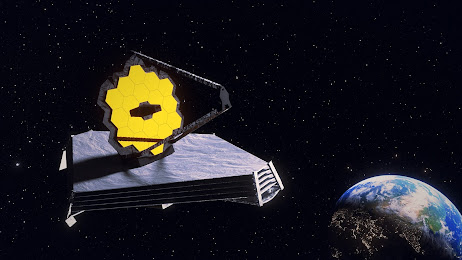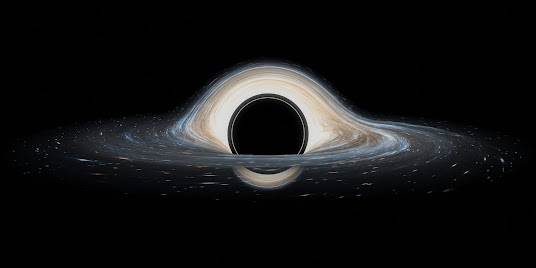Solar Eclipse 2025 Facts,Guide
In 2025, sky enthusiasts will witness two solar eclipses, each offering unique experiences. While these celestial events are captivating, it's essential to understand their specifics, visibility, and the intriguing facts surrounding them.
Solar Eclipse 2025 Facts, Guide
Understanding Solar Eclipses
A solar eclipse occurs when the Moon passes between the Earth and the Sun, casting a shadow on Earth and partially or fully obscuring the Sun's light. Depending on the alignment, we experience different types of solar eclipses:
- Total Solar Eclipse: The Moon completely covers the Sun, revealing the Sun's corona.
- Annular Solar Eclipse: The Moon covers the center of the Sun, leaving a "ring of fire" visible.
- Partial Solar Eclipse: The Moon obscures only a portion of the Sun.
In 2025, both solar eclipses are partial, meaning the Moon will cover only a segment of the Sun.
March 29, 2025: Partial Solar Eclipse
The first solar eclipse of the year occurs on March 29, 2025. This partial eclipse will be visible across parts of the northeastern United States, eastern Canada, Greenland, Europe, northwest Africa, and northwestern Russia. At its peak, the Moon will obscure approximately 93.76% of the Sun's diameter. The greatest eclipse is expected at 10:48 AM UTC.
September 21, 2025: Partial Solar Eclipse
The second partial solar eclipse is slated for September 21, 2025. This event will be observable from regions including much of Oceania and Antarctica, with up to 73% coverage visible in mainland New Zealand. The maximum eclipse will occur at 7:43 PM UTC.
Visibility from Pakistan
For observers in Pakistan, it's important to note that neither of the 2025 partial solar eclipses will be visible from the region. However, enthusiasts can look forward to a total lunar eclipse on September 7, 2025, which will be visible across Pakistan.
Interesting Facts About Solar Eclipses 2025
-
Frequency of Solar Eclipses: Earth experiences at least two solar eclipses annually, but the maximum number can reach up to five per year.
-
Eclipse Seasons: Solar and lunar eclipses occur during specific periods known as eclipse seasons, which happen approximately every six months when the Sun is near the Moon's nodes.
-
Historical Significance: Throughout history, solar eclipses have been pivotal in scientific discoveries. Notably, the total solar eclipse of May 29, 1919, provided empirical evidence for Einstein's theory of general relativity.
-
Safety Precautions: Observing a solar eclipse requires proper eye protection. Looking directly at the Sun without appropriate filters can cause severe eye damage. It's essential to use ISO-certified eclipse glasses or solar viewers during any solar eclipse phase.
-
Eclipses and Animal Behavior: During solar eclipses, many animals exhibit unusual behavior, often mistaking the eclipse for twilight. Birds may cease singing, and nocturnal animals might become active.
-
Cultural Impact: Solar eclipses have influenced various cultures, inspiring myths, legends, and even architectural designs aligned with celestial events.
-
Eclipse Photography: Capturing images of a solar eclipse requires specialized equipment and filters to protect both the camera and the photographer's eyes. Photographers often use solar filters to reduce the Sun's brightness and prevent damage to camera sensors.
-
Predictability: Thanks to the regularity of celestial mechanics, scientists can predict solar eclipses with great accuracy, allowing enthusiasts to plan observations years in advance.
-
Eclipse Chasers: Some enthusiasts, known as "eclipse chasers," travel worldwide to experience total solar eclipses, often planning trips years ahead to be within the path of totality.
-
Impact on Solar Energy: Solar eclipses can temporarily reduce solar power generation. Grid operators in areas reliant on solar energy must account for these fluctuations to maintain energy stability.
Preparing for Future Eclipses
While Pakistan won't witness the solar eclipses of 2025, enthusiasts can prepare for future events:
-
Stay Informed: Regularly check astronomical event calendars and local observatory announcements for upcoming eclipses visible in your region.
-
Acquire Proper Equipment: Invest in certified solar viewing glasses and, if interested in photography, appropriate solar filters for cameras.
-
Join Astronomy Clubs: Engaging with local astronomy groups can provide resources, guidance, and organized viewing events for celestial occurrences.
In conclusion, while the 2025 partial solar eclipses won't be visible from Pakistan, the year offers a wealth of astronomical events to appreciate. Understanding the dynamics of solar eclipses and their global impact enriches our appreciation of these celestial phenomena.

.jpg)



Comments
Post a Comment